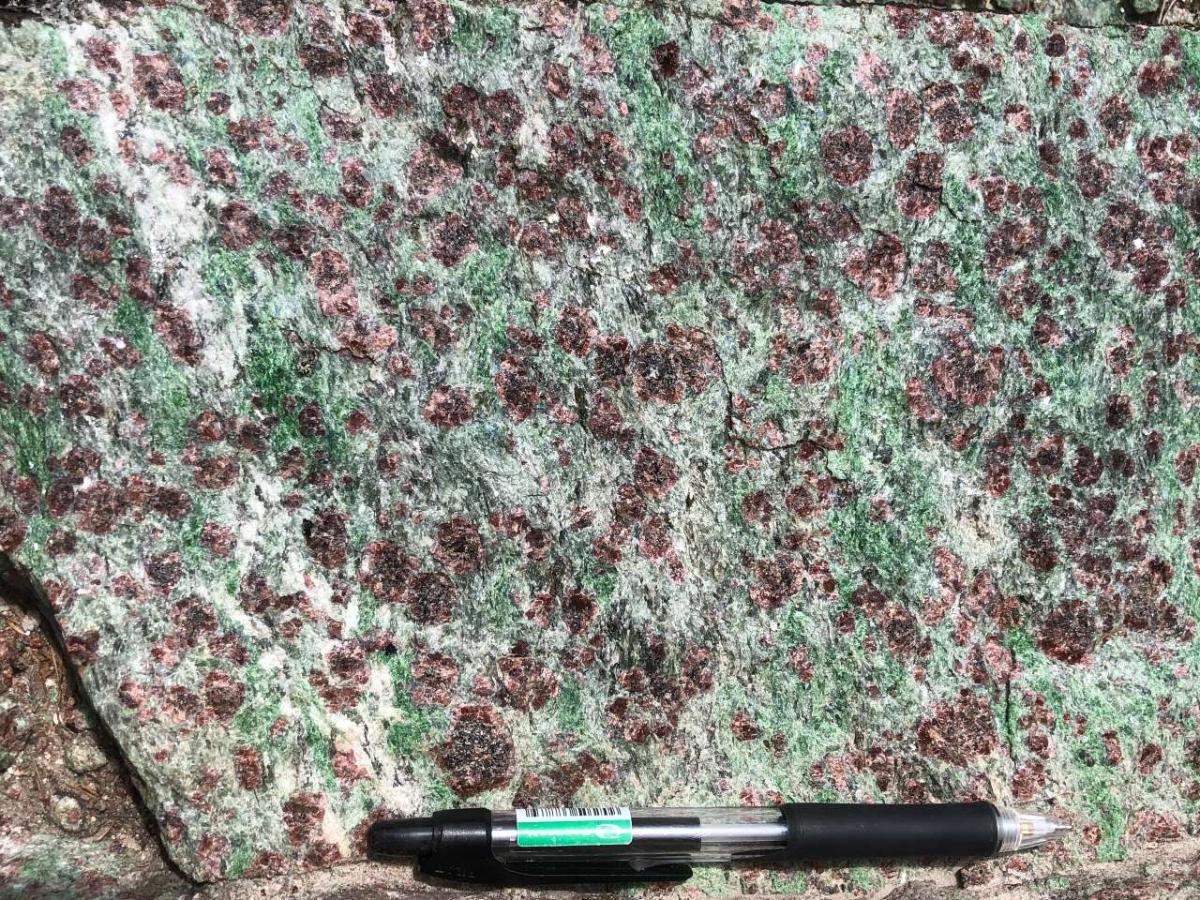
Eclogite from Norway
Researchers on the hunt for why cold eclogites mysteriously disappeared from geological records during the early stages of the Earth’s development may have found the answer, and with it clues that could help locate critical minerals today.
“Cold eclogites mysteriously disappeared from the Earth’s rock record between 1.8 and 1.2 billion years ago before reappearing after this time,” said Dr Derrick Hasterok, Lecturer, Department of Earth Sciences, University of Adelaide.
“Cold eclogites are important because they are sensitive to the temperatures in the upper mantle and provide evidence of rocks rapidly transported deep below Earth’s surface along geological faults lines that occur where tectonic plates collide.
“The prevailing belief is that cold eclogites are preserved only when supercontinents merged. But there is ample evidence for a nearly continuous geological record of cold eclogites over the past 700 million years during which time two supercontinents formed and broke-up.”
Eclogites are high-pressure, metamorphic rocks that consist primarily of and omphacite (a sodium-rich variety of pyroxene).








